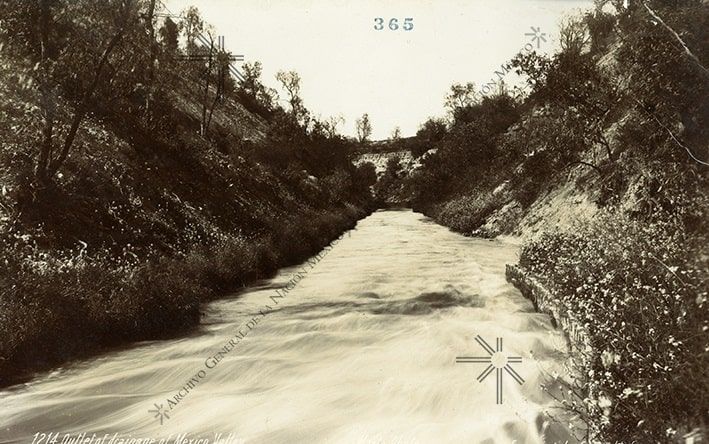The Great Drainage Canal of the Valley of Mexico: a project that took almost three and a half centuries to be completed
Discover the history of the Gran Canal de Desagüe, an engineering work that is part of the system that today frees Mexico City from sewage.





